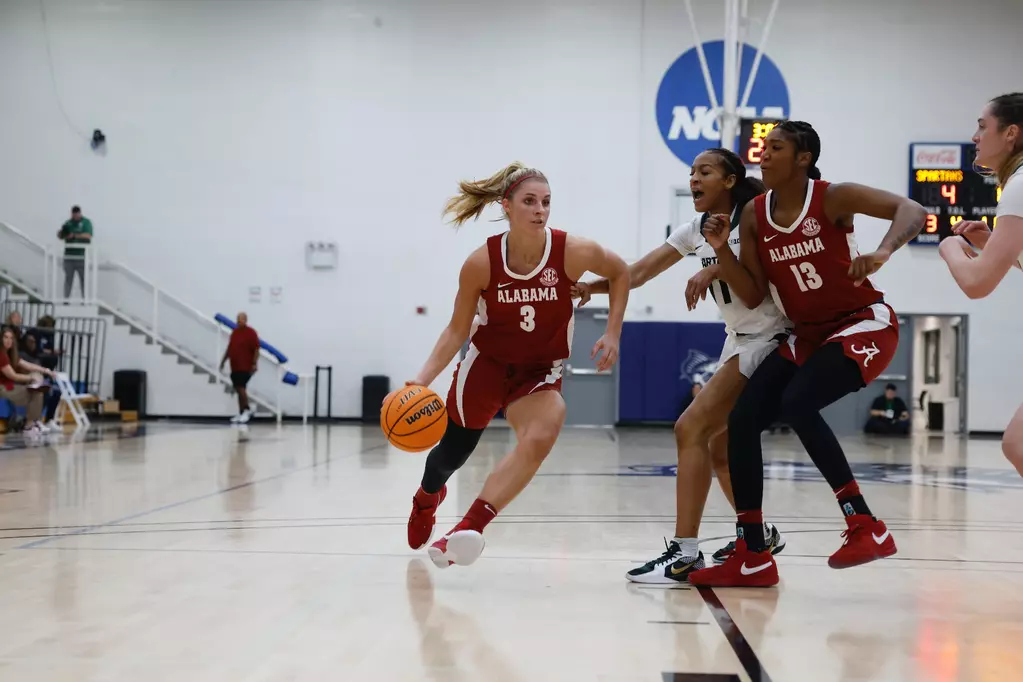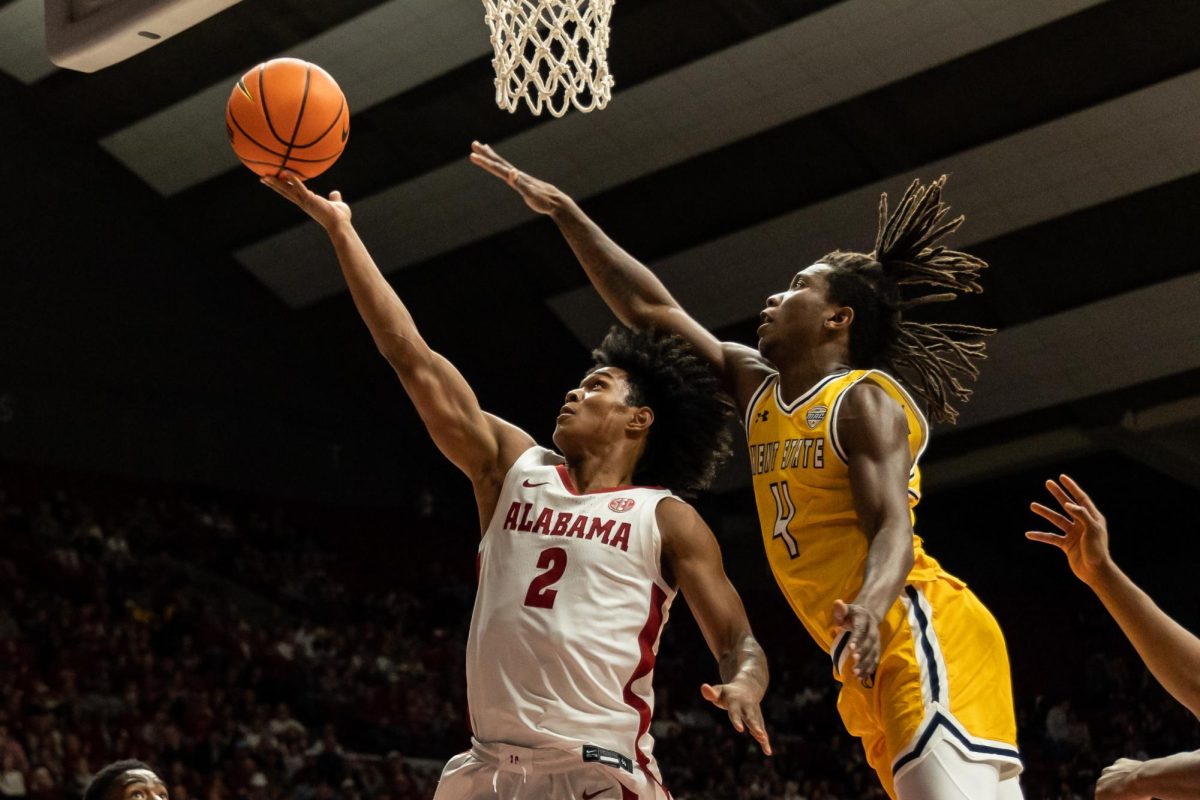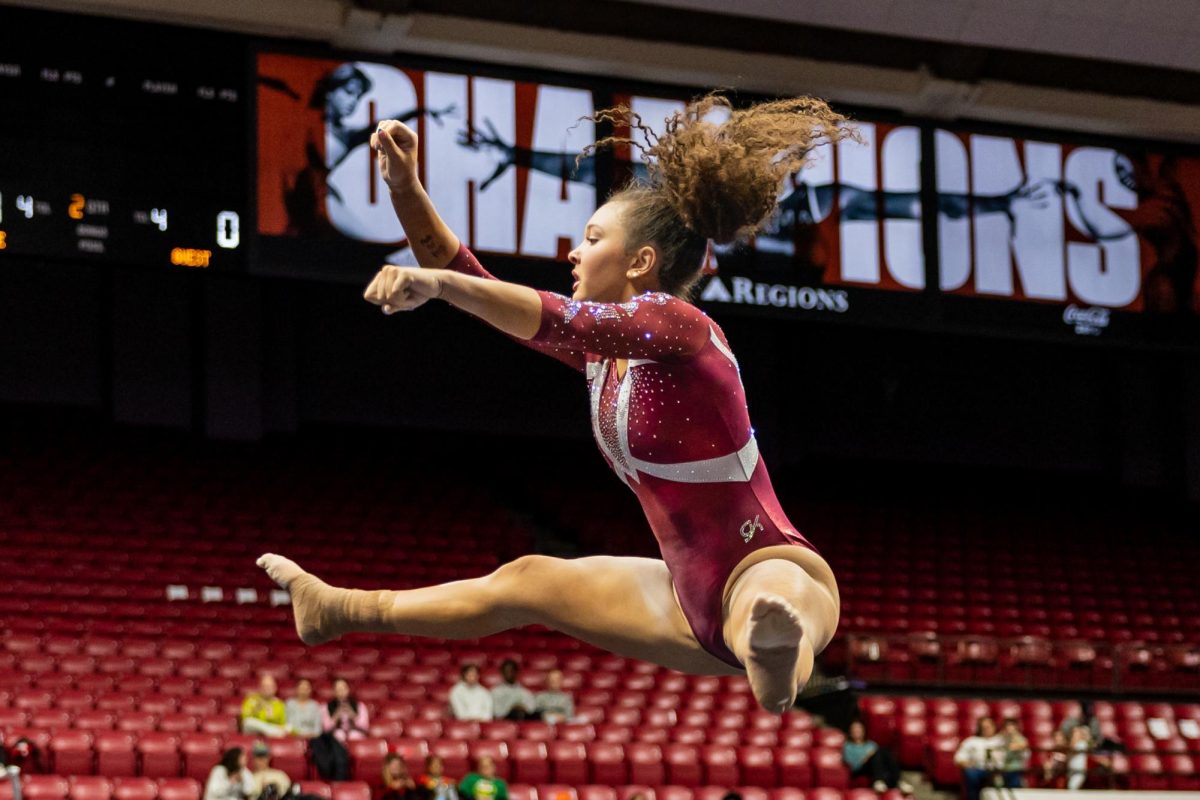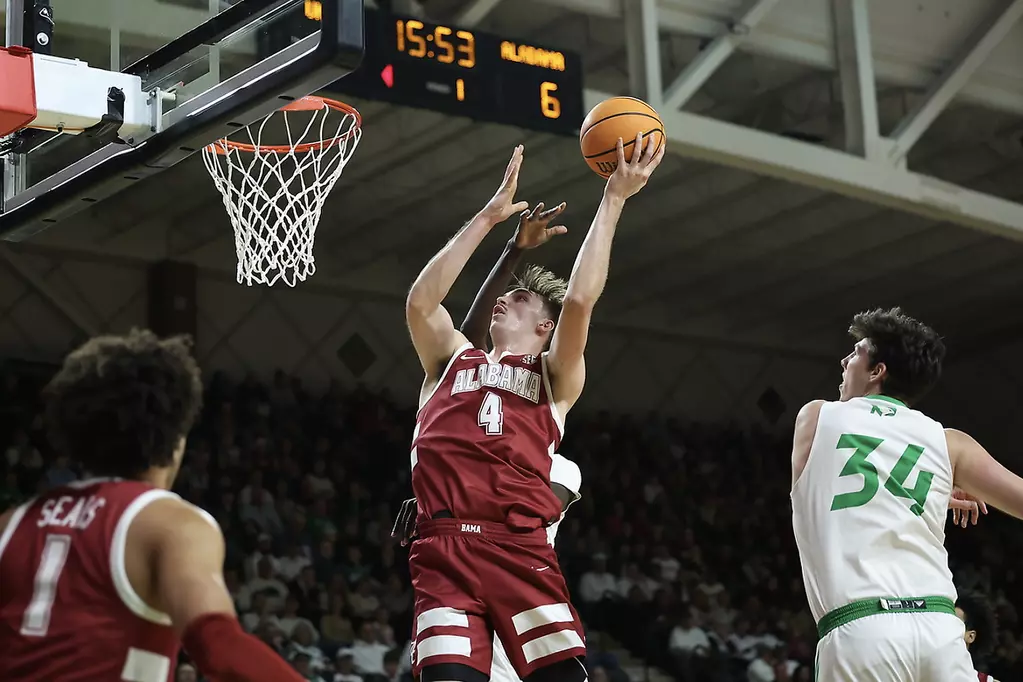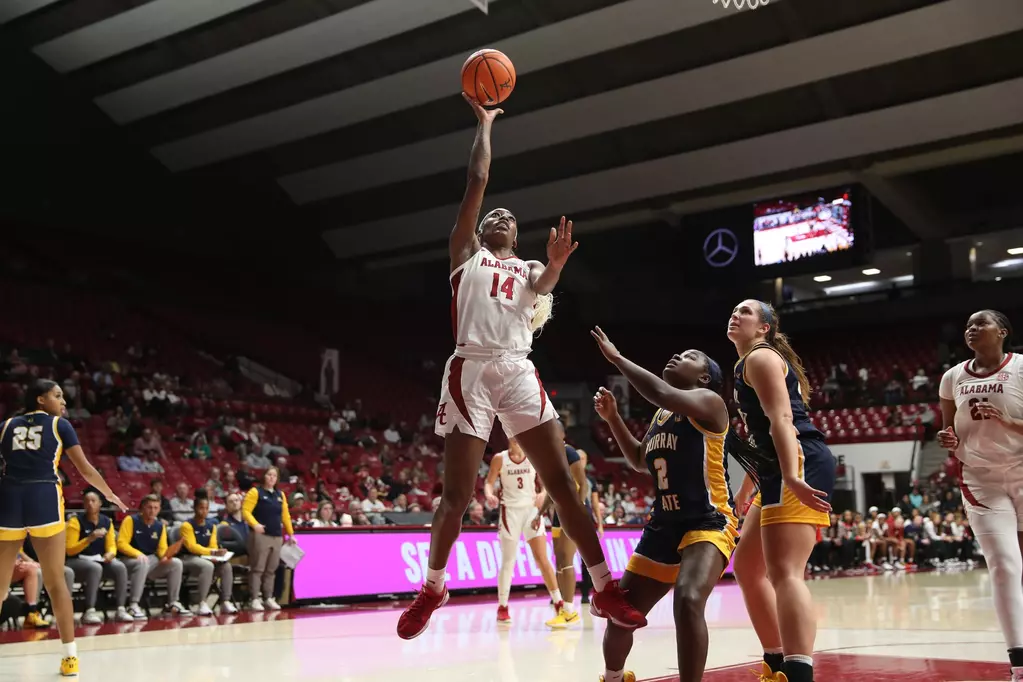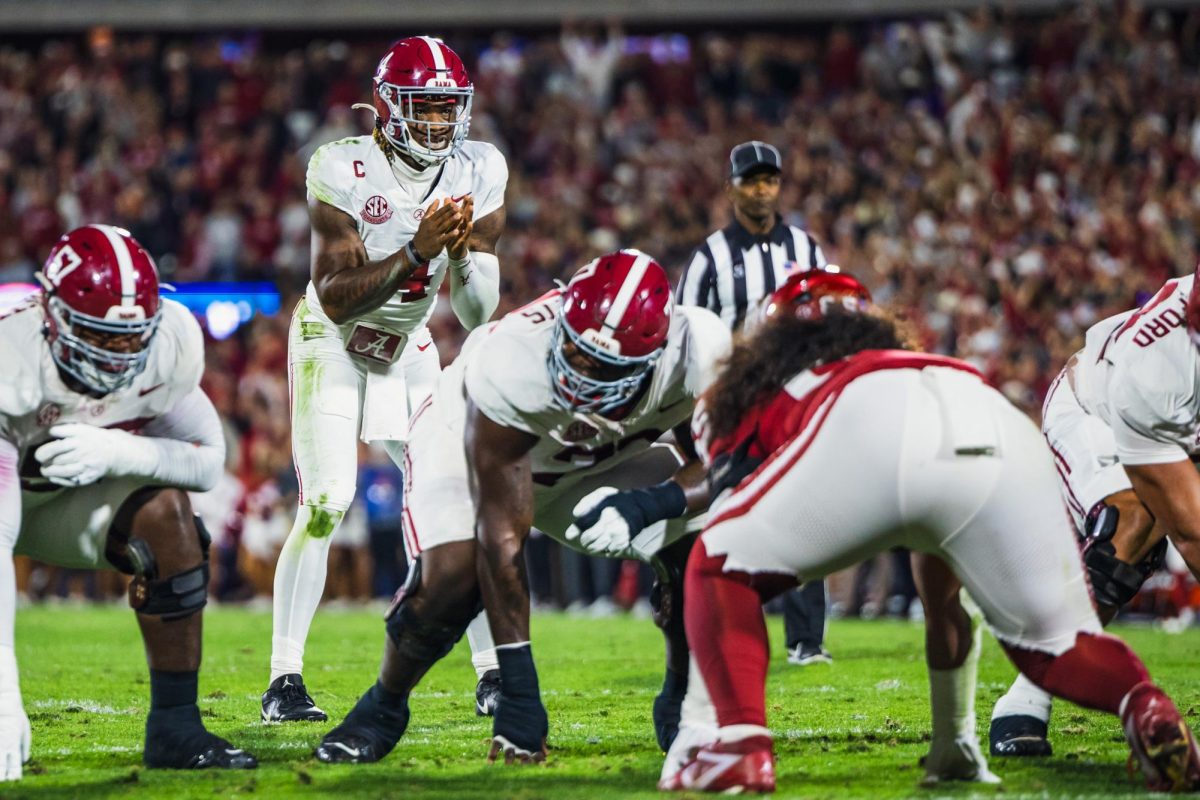Since The University of Alabama track team combined the men and women’s program into one team in 2011, coaches and athletes say they have seen steady improvements in the program. They’re not at the top quite yet, but they’re working their way up.
“From being at the bottom of the barrel to the middle,” former pole vaulter Alexis Paine said about the progress.
With one coach calling the shots, recruiting has improved, and the team has climbed in the rankings. In addition, the team has produced 15 All-Americans in the past two years.
The men were ranked 66th in 2012 and 11th in 2013 outdoor track, head coach Dan Waters said. The women held steady, tied for 40th in 2012 and tied for 45th in 2013 in the outdoor season.
“We continue to add new talent to our program,” Waters said. “It has been challenging, but our recruiting efforts are really starting to get results. We made a significant impact across all events this past year, and we expect to continue to do so in the coming year.”
The combined track team is now one of 13 teams in the SEC with one head coach for the men’s and women’s teams. Only Arkansas has separate head coaches.
Athletes say the one-coach system is bringing the team together, literally and figuratively.
“Practices were different,” Paine said. “The old coaches didn’t like each other. We didn’t have the support we have now.”
The athletes are adapting well to the new system, Paine said. Men and women now work together and learn from each other.
“One of the most notable differences I’ve noticed has been the closeness,” said Jourdan Battiste, a former UA long jumper who graduated in May. “This also helps in track meets because everyone is cheering on everyone and knows what we are capable of.”
Waters is familiar with the one-coach system. Before coming to Alabama, Waters was the distance coach and a recruiter at Texas A&M, which has a combined team. There, he worked with Pat Henry, who coached both his men’s and women’s track and field teams to NCAA national titles in the same year on five occasions. With the Aggies, Waters was part of six NCAA national championships, including back-to-back-to-back men and women’s outdoor titles.
“There are pros and cons to every approach, but I like the combined approach because it is more conducive to developing camaraderie and a unity within the program,” Waters said in an email interview. “That benefits the student athletes in a variety of ways.”
Waters said he doesn’t like to look back on how the teams performed before the new system. He prefers to focus on the program’s current challenges.
“I just know that I am pleased with where we are and where we are headed,” he said. “We’ve had tremendous support here from the administration and throughout the University, as well as from former athletes and the community overall. It’s a great time to be at Alabama.”



